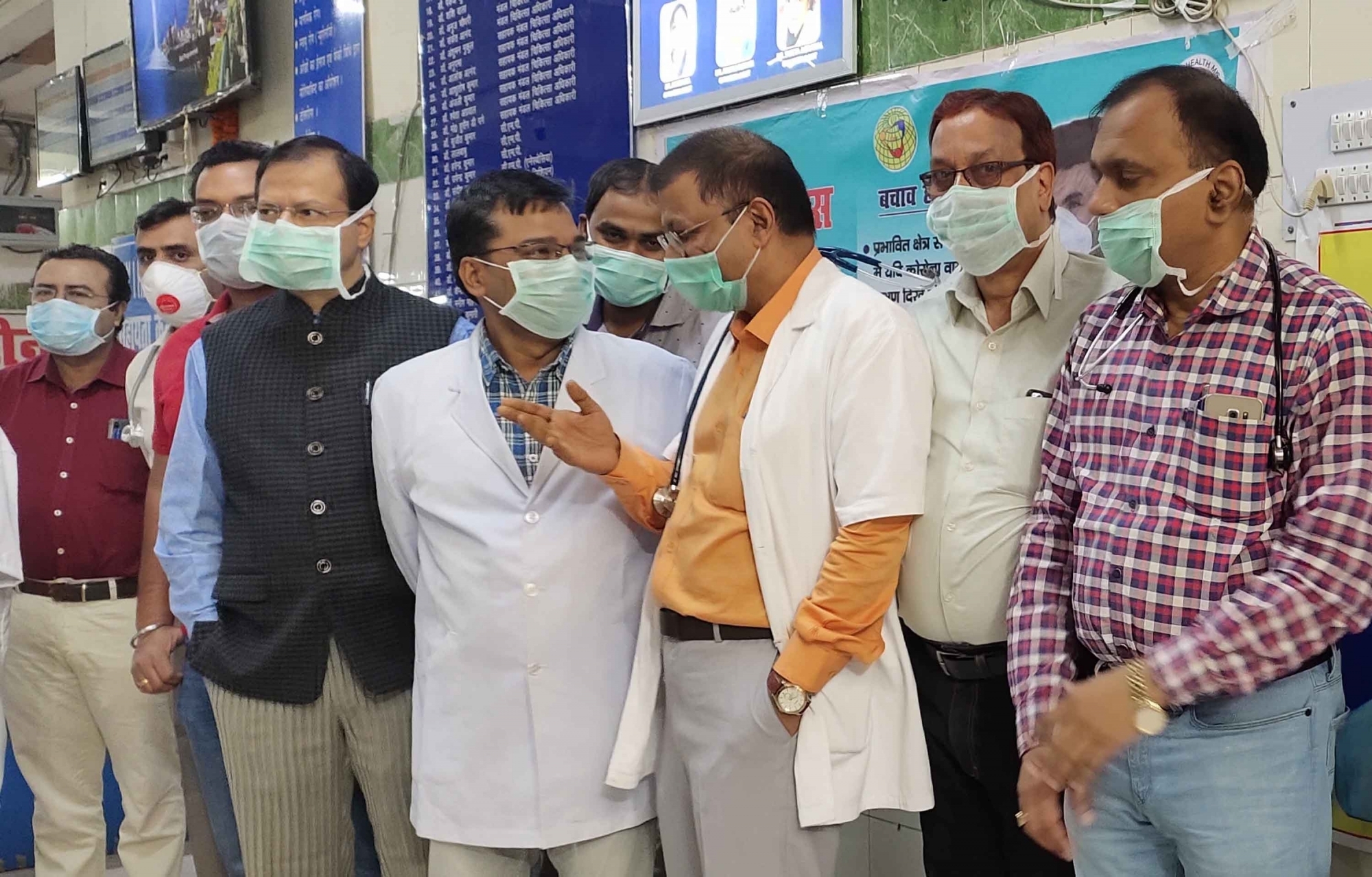Researchers claim that China’s control measures during the first 50 days of the novel coronavirus pandemic may have delayed the spread of the virus to cities outside of Wuhan by several days and, by interrupting transmission nationwide, prevented more than 700,000 infections across the country.

The study, published in the journal Science, could be useful to countries that are still in the early phases of the COVID-19 pandemic.
“The number of confirmed cases in China by day 50 (February 19) of the epidemic, was around 30,000. Our analysis suggests that without the Wuhan travel ban and the national emergency response there would have been more than 700,000 confirmed COVID-19 cases outside of Wuhan by that date,” said study researcher Christopher Dye from the University of Oxford in the UK.
“China’s control measures appear to have worked by successfully breaking the chain of transmission — preventing contact between infectious and susceptible people,” Dye added.
For the findings, the researchers used a unique combination of case reports, human movement data and public health intervention information to investigate the spread and control of COVID-19.
They examined the movements of 4.3 million people out of Wuhan before the travel ban, the types and timing of control measures implemented across the cities of China and the numbers of COVID-19 cases reported each day in every city.
“One fascinating aspect of our work is that it shows the power of novel data streams such as cell phone mobility data,” said study researcher Ottar Bjornstad from Penn State University.
“Since the time period we studied included the Spring Festival holiday and Chinese Lunar New Year, we were able to compare patterns of travel into and out of Wuhan during the outbreak with cell phone data from two previous spring festivals,” Bjornstad added.
The analysis revealed an extraordinary reduction in movement following the travel ban of January 23, 2020.
The team’s model also analysed the specific effects of the Wuhan shutdown and found that it delayed the arrival of COVID-19 in other cities by several days.
“This delay provided extra time to prepare for the arrival of COVID-19 in more than 130 cities,” said Huaiyu Tian, Associate Professor of epidemiology, Beijing Normal University.
These cities banned public gatherings, closed entertainment venues and suspended public transport, among other actions. As a result, they reported 33 per cent fewer confirmed cases during the first week of their outbreaks than cities that did not implement a Level 1 Response.
While the control measures taken thus far have reduced the number of COVID-19 infections to very low levels, China is by no means out of the woods, the researchers noted.
READ MORE:








